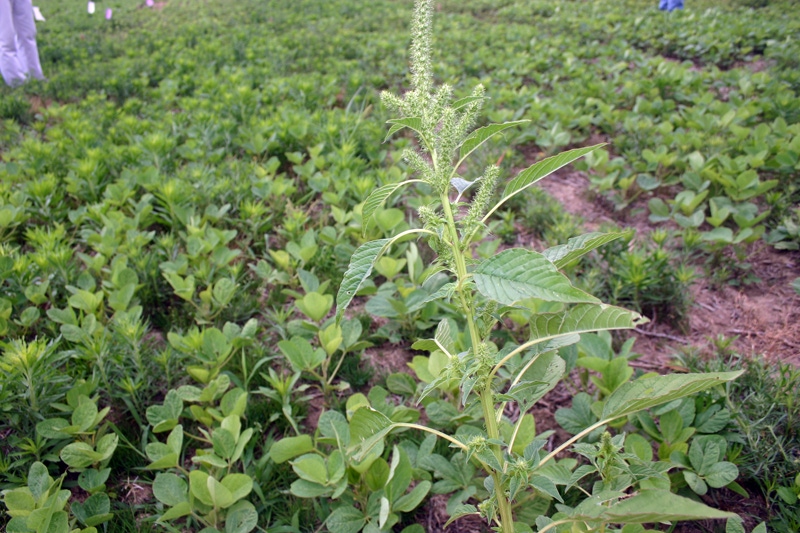September 25, 2012

Signs of the 21st century Mississippi Delta in September — depressingly long line lines of trucks at grain elevators, subsoilers and bedder-rollers running in nearly every field, and huge blocks of land that have already been put to bed for the winter.
The landscape has changed drastically over the past few years. The Delta seems like it is all corn and soybeans. With drought in the Midwest and unprecedented corn and soybean prices, this trend will likely continue for the foreseeable future. This general shift in crops has a trickle-down effect to most of the traditional farming practices. So as the crop mix in the Delta evolves, the farming practices must change to keep pace.
After a field is harvested, the initial reaction is to get it worked up and ready for next year. But in today’s Mississippi Delta, corn or soybeans are typically harvested in July and August, so field operations that took place in October or even November in years past are now done in late summer.
Glyphosate-resistant Palmer amaranth on turnrows and ditchbanks
Tillage is more efficient following corn harvest if the stubble is burned. But how many nutrients are in the ash that blows off the field? Could the corn residue potentially suppress weed germination and emergence? It is a fact that disturbing a field again after the beds are pulled does not make sense. But, if rainfall is normal to high during the winter months, will beds pulled in August still be adequate to plant on in April?
Weeds that emerge, grow, and produce seed after a field is worked and before the first frost will have to be dealt with during the following year’s crop. Nutrients that are removed by burning crop stubble will have to be replaced. Beds that erode over the winter will have to be reformed.
Corn acres up as weed resistance issues persist
Time is money and there is never enough of either. This is not an appeal to delay field preparation for next year until October or November when the weather may be uncooperative. However, with the early harvest of corn and soybeans, delaying tillage for a few weeks after harvest may have positive benefits on next year’s crop in regard to weed control, fertility, and tillage.
As long as the current price trends hold, corn and soybean acreage likely will continue to increase. However, cold and/or wet weather in March and April could spoil some of those planting intentions.
From a weed control standpoint, do not lock a field into one crop six to eight months in advance. For example, if a product that contains chlorimuron (Authority XL, Canopy, Canopy EX, Envive, Valor XLT, etc.) is applied for fall burndown, then the recropping restriction is a minimum of nine months to any crop other than soybeans. These products are all excellent herbicides for fall burndown in soybean, but they remove any flexibility for changing the crop to be planted. Allow a margin of error in planting intentions during the fall burndown.
From weed control to weed management
Managing glyphosate-resistant Palmer amaranth drives most weed control decisions in the Mississippi Delta now. However, with the current crop mix, problems with other weeds such as morningglories and annual grasses are intensifying. Numerous corn fields received an application of Aim prior to harvest this year to desiccate morningglories. Many annual grasses emerge late in the year after residual herbicides have dissipated, and grass pressure always seems worse the year following corn.
Fields and areas within fields that have problems with these particular weeds should be identified and recorded during or after harvest. These records will be a good reference in planning for weed control the following year.
Finally, as the Mississippi Delta turns more to corn and soybeans, be cautious with herbicide choices. Partly because of the acreage of corn and soybeans in the Midwest, there are many more herbicide “tradenames” available for these crops than for rice and cotton, which have relatively limited acreage in the United States. The number of online agricultural chemical purchases has increased recently, and while there are good deals to be exploited by using this resource, it can backfire. The weed spectrum, soil properties, and environmental conditions are unique in the Mid-South. Not all herbicides will perform well here.
All of the states in the Mid-South have active weed science research programs that are aggressively screening herbicides for use in this area of the country. There will be endless meetings over the next few months at which research will be presented to assist growers in making weed control decisions. Make plans to attend a few of these to gather the most up-to-date information for weed control plans in 2013.
You May Also Like




